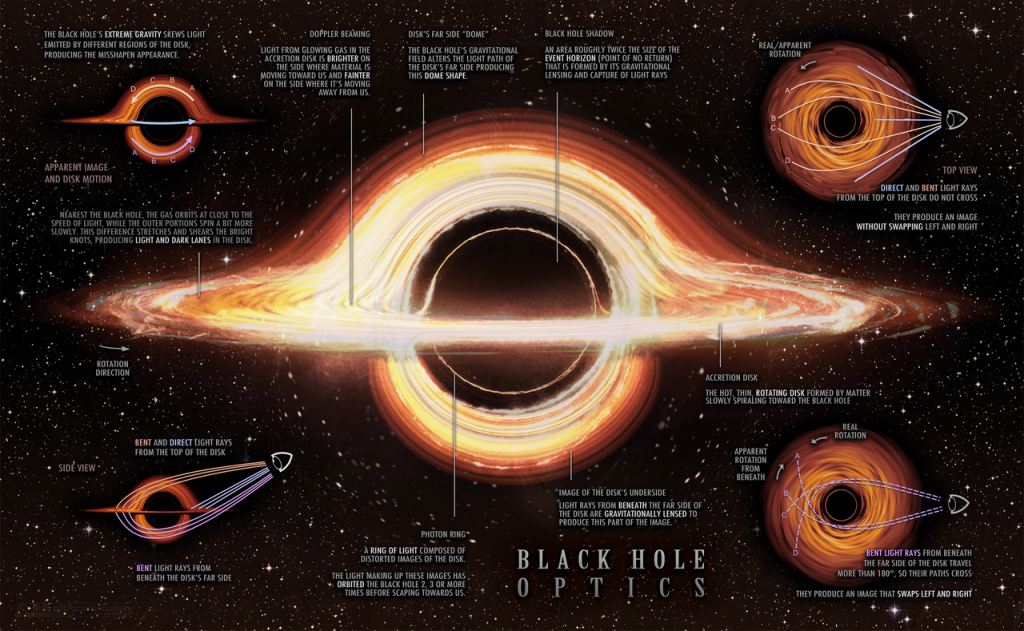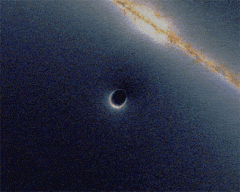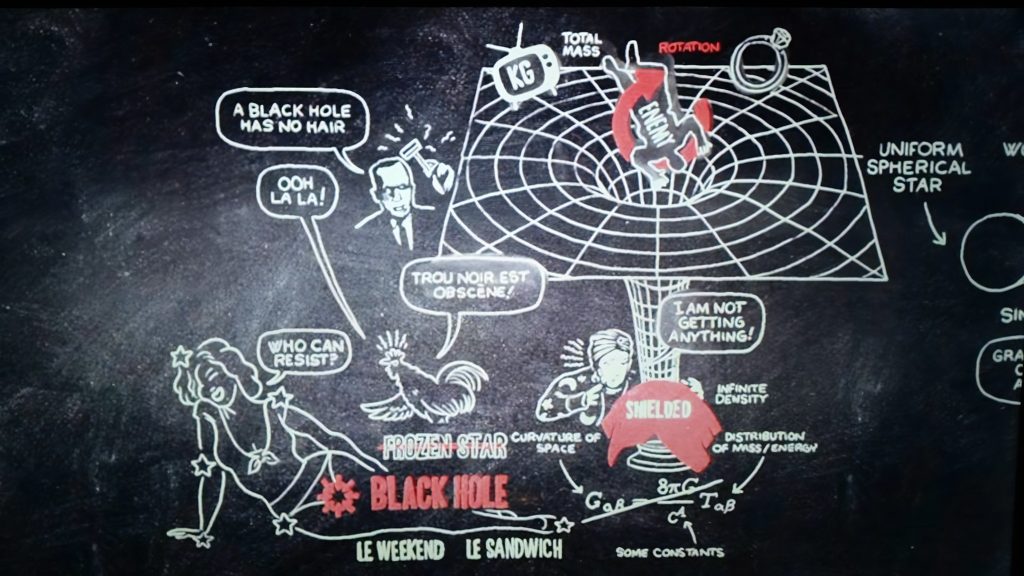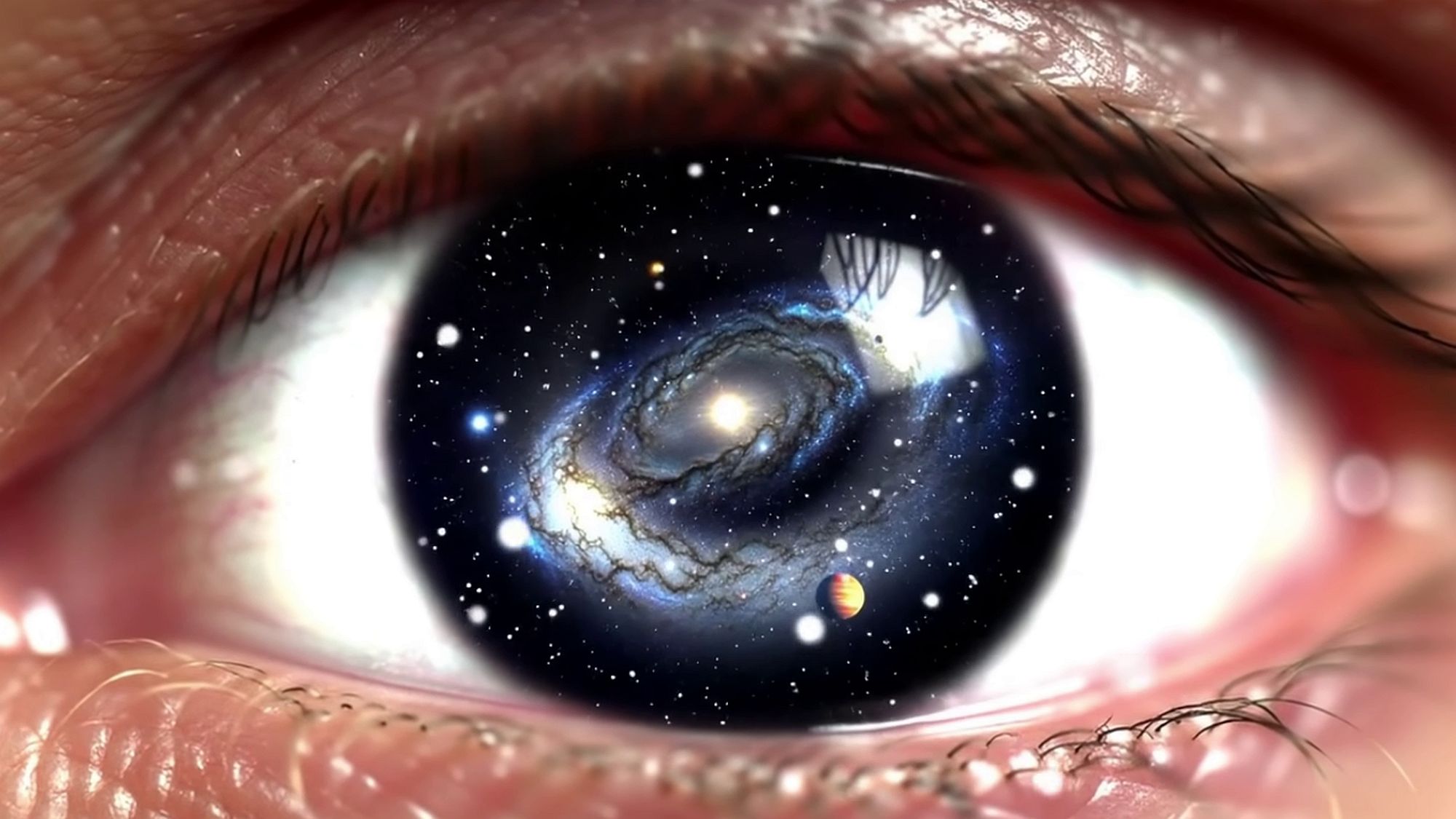AI’s Provocative Claim: “Humans Are Ignorant”
Consider the following intriguing questions: What happens to the very dimensions of spacetime inside a black hole? Different responses from an AI highlight both our current understanding—and our limitations.

First Perspective: Continuity of Four-Dimensional Spacetime
One reply asserts that objects falling into a black hole do not lose any dimensions. In this view, spacetime retains its four-dimensional structure (three dimensions of space plus one of time) both outside and inside the event horizon. The singularity—where density becomes infinite—is not actually a state reduced to 1D. Instead, it represents a point where general relativity breaks down after entering a black hole. Although quantum gravity theories such as loop quantum gravity propose alternatives (for instance, “bounces” that avoid the singular state), none of these ideas involve a reduction in the number of dimensions.
Second Perspective: Dimensional Breakdown at the Singularity
A subsequent response from the same AI emphasizes a different perspective. In Einstein’s theory, the singularity is defined as a point of infinite density and extreme spacetime curvature. It is where the equations of general relativity “break down.” In this classical picture, spacetime loses its well-defined four-dimensional structure (3 spatial dimensions plus 1 time dimension). For non-rotating, or Schwarzschild, black holes, the singularity is described as a 0D point. In contrast, for rotating (Kerr) black holes, the singularity takes on the form of a 1D ring.

Reconciling the Contradiction: Artifacts of Mathematical Models
The AI explains these seemingly contradictory responses with a reminder that, in general relativity, the singularity is not a physical object. Instead, it is a mathematical artifact. The labels “0D” and “1D” serve as geometric shorthand—conceptual placeholders that indicate where our classical theories fail. In effect, these designations (“here be dragons”) acknowledge the limits of our current understanding of extreme gravitational environments, especially those involving black holes.
Embracing the Unknown in Theoretical Physics
In summary, one perspective maintains that spacetime remains four-dimensional throughout the journey into a black hole. This is true even as general relativity breaks down at the singularity. Another viewpoint suggests that, near the singularity, the familiar four-dimensional framework is lost. It collapses into a 0D point or a 1D ring depending on the black hole’s rotation. Ultimately, both answers are reminders of the limits of our current theories and the continuing challenge of unifying general relativity with quantum mechanics.
Stephen Hawking’s Insight: Illuminating Our Limitations
An illustrative image from Stephen Hawking’s Reith Lecture on 26 January 2016 further underscores this point. Hawking’s insights remind us that while our current models of black holes capture many aspects of reality, they also expose profound gaps in our knowledge.
Until a successful theory of quantum gravity is developed, these descriptions remain approximations. They reflect human ignorance as much as our understanding.

Image: from Stephen Hawking Reith lecture, 26 January 2016
